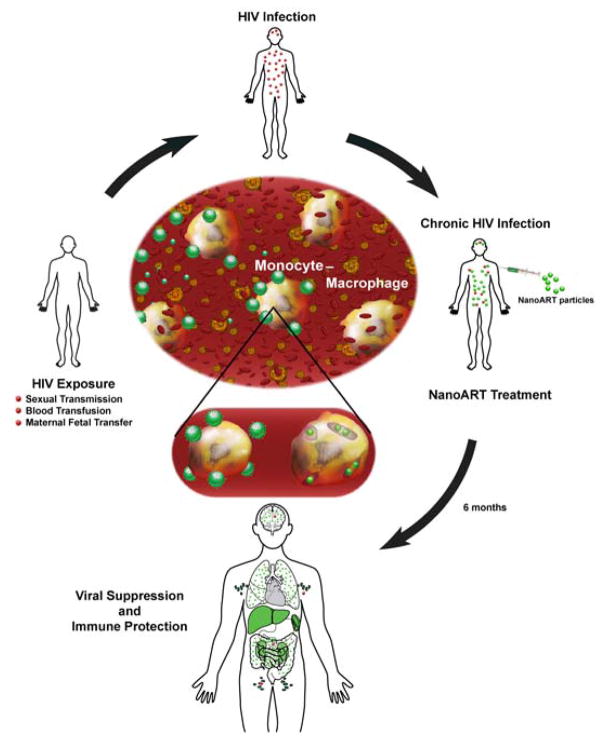Figure 1. Schematic model illustrating the cell-mediated drug delivery for nanoformulated antiretroviral therapy (nanoART).
This schematic reflects the potential of long-acting antiretrovirals to reduce viral load and protect both CD4+ T cells and viral sanctuaries against HIV-1-associated injuries. Human HIV exposure through sexual transmission, blood transfusions, or maternal/fetal transfer results in chronic HIV infection (red virions). Infected patients are treated with nanoART (green particles), which can gain entry into monocyte-macrophages (center of picture), captured by blood-filtrating liver/splenic tissue macrophages and serve as a long-term drug depot leading to the suppression of viral replication and protection of CD4+ T cell numbers. The nanoformulations may also facilitate ART delivery to the CNS, spleen, lymph nodes and gut associated lymphoid tissue to reduce viral replication (green organs).

